Child psychologists and psychiatrists are warning that with children having switched to learning, playing and socialising online, there’s real danger of digital addiction with serious consequences for their physical and emotional growth. PW suggests three activities — cycling, cooking and gardening — for parents to detox and wean children away from digital devices
Nishiha, Belcia Prakash & Cynthia John
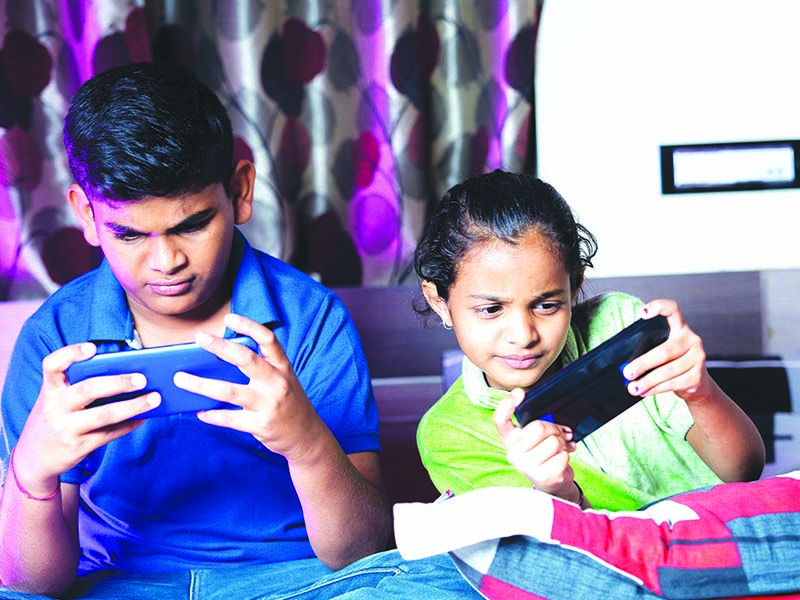
More than two years since the first Coronavirus aka Covid-19 case was detected in Kerala in January 2020, the nation is still counting the cost of this highly contagious pandemic which according to the Union government has taken a toll of 4.7 lakh lives. The Geneva-based World Health Organisation (WHO) differs. It estimates India’s Covid fatalities at ten multiples of the government number — 4.8 million.
Yet fatalities apart, the pandemic has also devastated the economy. GDP plunged by an unprecedented 7.6 percent in 2020-21, unemployment is at an all-time of high of 7.83 percent. Perhaps worse, over 80 percent of India’s 260 million school-going children have suffered unquantified learning loss during the world’s longest (82-weeks) lockdown of all education institutions. And the remainder 20 percent of middle and elite class children who had access to digital online learning during the pandemic may well have become addicted to gadgets. They require urgent digital detox.
Academic counsellors, child psychologists and psychiatrists are warning that with children having switched to learning, playing and socialising online, there’s real danger of digital addiction with serious consequences for their physical and emotional growth. A recent study by the well-known Delhi-based NGO CRY (Child Relief and You) says that children’s exposure to online screen time increased by 88 percent during the pandemic.
Dr. Yatan Pal Singh Balhara, head of the cyber addiction clinic at the routinely top-ranked All India Institute of Medical Sciences (AIIMS), Delhi, says that over the past few months the clinic has been swamped with anguished pleas from parents to “treat children addicted to the Internet” — 80 percent to online gaming, 15 percent to excessive use of social media and 5 percent to online pornography. Likewise, the Bengaluru-based NIMHANS (National Institute of Mental Health and Neuro Sciences) has reported a three-fold increase in cases of children suffering digital addiction.
“Tech dependence of children and adolescents reached alarming levels during the pandemic. Parents need to take the lead in weaning children away from digital gadgets by introducing a daily schedule that incorporates non-tech leisure activities such as music, sports, gardening, and other outdoor activities. The summer holiday offers a good opportunity to begin the process,” says A. Mugesh, Nagercoil-based psychological counselor and NLP practitioner, Let’s Talk (Sakthi Mind Care).
 Dr. J.S. Venkataramani, Chennai-based child psychologist and parenting advisor agrees. “With Covid-19 cases on the decline, and outdoor play and formal games such as hockey, cricket, tennis etc back on schedule, this is a good time for parents and children to engage in enjoyable family activities to bond and re-establish physical and emotional connection. Activities such as trekking, bird-watching and gardening are great for family bonding,” advises Venkataramani.
Dr. J.S. Venkataramani, Chennai-based child psychologist and parenting advisor agrees. “With Covid-19 cases on the decline, and outdoor play and formal games such as hockey, cricket, tennis etc back on schedule, this is a good time for parents and children to engage in enjoyable family activities to bond and re-establish physical and emotional connection. Activities such as trekking, bird-watching and gardening are great for family bonding,” advises Venkataramani.
Rajat Soni, a New Delhi-based teen, life and parenting coach recommends active vacations for digital detox and stress reduction. “Taking a vacation requires a break from the daily routine. It must rejuvenate and refresh the body and mind,” says Soni.
In the pages following, PW suggests three activities for parents to detox and wean children away from digital devices — cycling, cooking and gardening.
Cycling
Cycling is a great workout for the heart and lungs, builds stamina, and prevents obesity and arthritis. Moreover, it alleviates stress and promotes family bonding. This pleasurable logistics exercise releases endorphins — happy hormones — which have a positive effect on mental well-being and alleviates depression.
“We started cycling as a weekend family activity when our children were young. We used to pack our cycles in the car boot and drive to the outskirts of the city. From there we would cycle to picnic spots. The children loved this activity and it brought us closer as a family. Now our children Shruthi (15) and Sharika (13) are in their teens but they still love these biking expeditions. I believe family engagement in physical activity or sport offers parents opportunity to model the importance of fitness and exercise, especially nowadays when children have become prisoners of their digital screens,” says Gautham Rajashekaran, a Chennai-based exporter and parent of two teenage girls.
Promoted and advertised in the new millennium as an aerobic activity, bicycles revolutionised personal mobility in the 19th century. Though now they are used mostly for exercise and recreation, many people around the world, including in the affluent West, continue to use bicycles for short distance commuting for a variety of reasons including getting to work, physical fitness, carbon footprint reduction, parking convenience, frugality, and enjoyment.
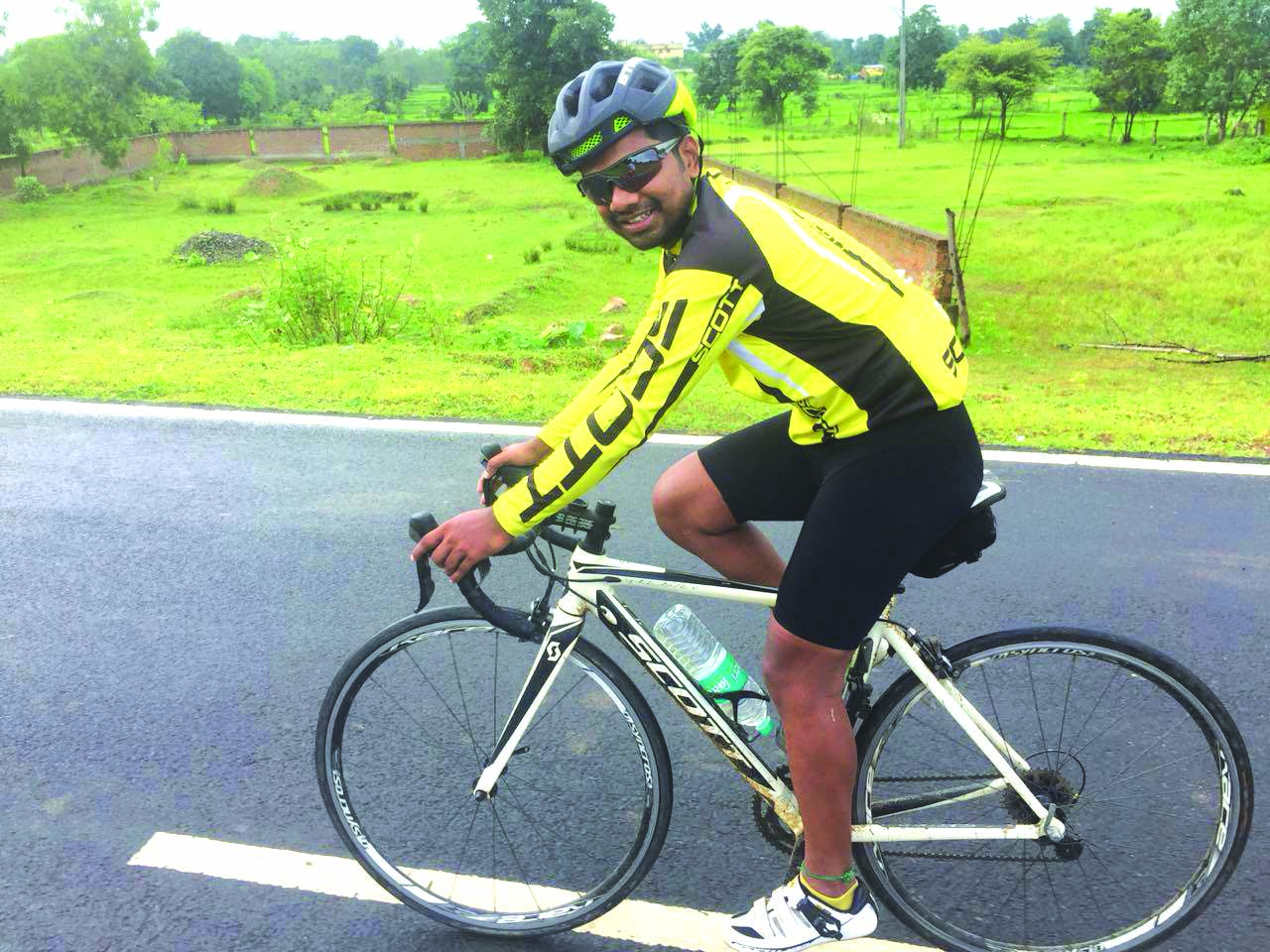 Abhishek Tarfe is a cycling evangelist and founder of Velocrush India (estb.2012), a Mumbai-based firm offering cycling lessons and bicycle tours and renting a variety of bicycles and related accessories. Unsurprisingly, Tarfe believes that cycling is a great stress buster and one of the best available options for urban families to take a break from sedentary lifestyles. “In the past few months, there’s been a big rise in the number of adults and children signing up for cycling classes. Many parents enrol their children with us because it’s also a good way to keep them off digital devices. Learning to cycle and continuing with it into adulthood is one of the best investments you can make in your health and well-being,” says Tarfe. Currently, Velocrush offers its services in Mumbai, Delhi, Kolkata and Bangalore.
Abhishek Tarfe is a cycling evangelist and founder of Velocrush India (estb.2012), a Mumbai-based firm offering cycling lessons and bicycle tours and renting a variety of bicycles and related accessories. Unsurprisingly, Tarfe believes that cycling is a great stress buster and one of the best available options for urban families to take a break from sedentary lifestyles. “In the past few months, there’s been a big rise in the number of adults and children signing up for cycling classes. Many parents enrol their children with us because it’s also a good way to keep them off digital devices. Learning to cycle and continuing with it into adulthood is one of the best investments you can make in your health and well-being,” says Tarfe. Currently, Velocrush offers its services in Mumbai, Delhi, Kolkata and Bangalore.
Tarfe strongly advises investing in suitable cycling gear. His guidelines for families to get started on this activity:
- Choose one of three basic bicycle models — mountain, hybrid and road. Newbies should choose a bike from whose saddle the feet can easily reach the ground when brakes are applied. This helps reduce injury risk, especially while riding in hilly terrain.
- When riding on inclines and slopes, a geared bicycle reduces stress on the thighs and prevents muscle tear.
- Begin with half hour sessions and then gradually increase riding time. Most important, remain hydrated, throughout all rides.
- To ensure safety, purchase a sturdy helmet and ensure front and rear lights and bell are always in working order. Choose helmet and clothing of fluorescent colours to ensure visibility in dull light and night hours.
- Neon-coloured wheel stripes improve visibility, the lack of which is the main cause of car-bike collisions.
- Comfortable clothing is recommended for short distances but for long rides it’s advisable to buy a good quality cycling jersey, padded shorts, tights and gloves. Opt for clothes that are aerodynamically designed and made of dry-fit material.
- Gloves are mandatory for long-distance biking as they provide cushioning to hands, protect them from the sun and injuries during a fall.
- Lightweight windcheaters protect from harsh winds and rain.
- Cycling shoes with cleats keep your feet firmly on the pedals while reflective vests improve visibility during night and stormy rides. Special cycling glasses protect eyes from dust and grime.
- A popular bikers’ gadget is the cyclocomputer, a device mounted on the handlebar to measure distance travelled and, average and maximum speeds during long rides. Some cyclocomputers also display cadence and heart beat while others include GPS. Among the popular cyclocomputer brands are CatEyeVelo 9, Btwin 100 Wired Cyclometer, Garmin Edge 200 and Sunding SD 548 Speedometer.
Bond over cooking
Introducing children to the culinary arts is another option to distract children from digital devices, and summer holidays are the perfect time to get them to learn this life skill that’s certain to stand them in good stead in adult life. Moreover, parent-child cook-outs promote family bonding and offer a great opportunity to educate children about healthy nutrition.
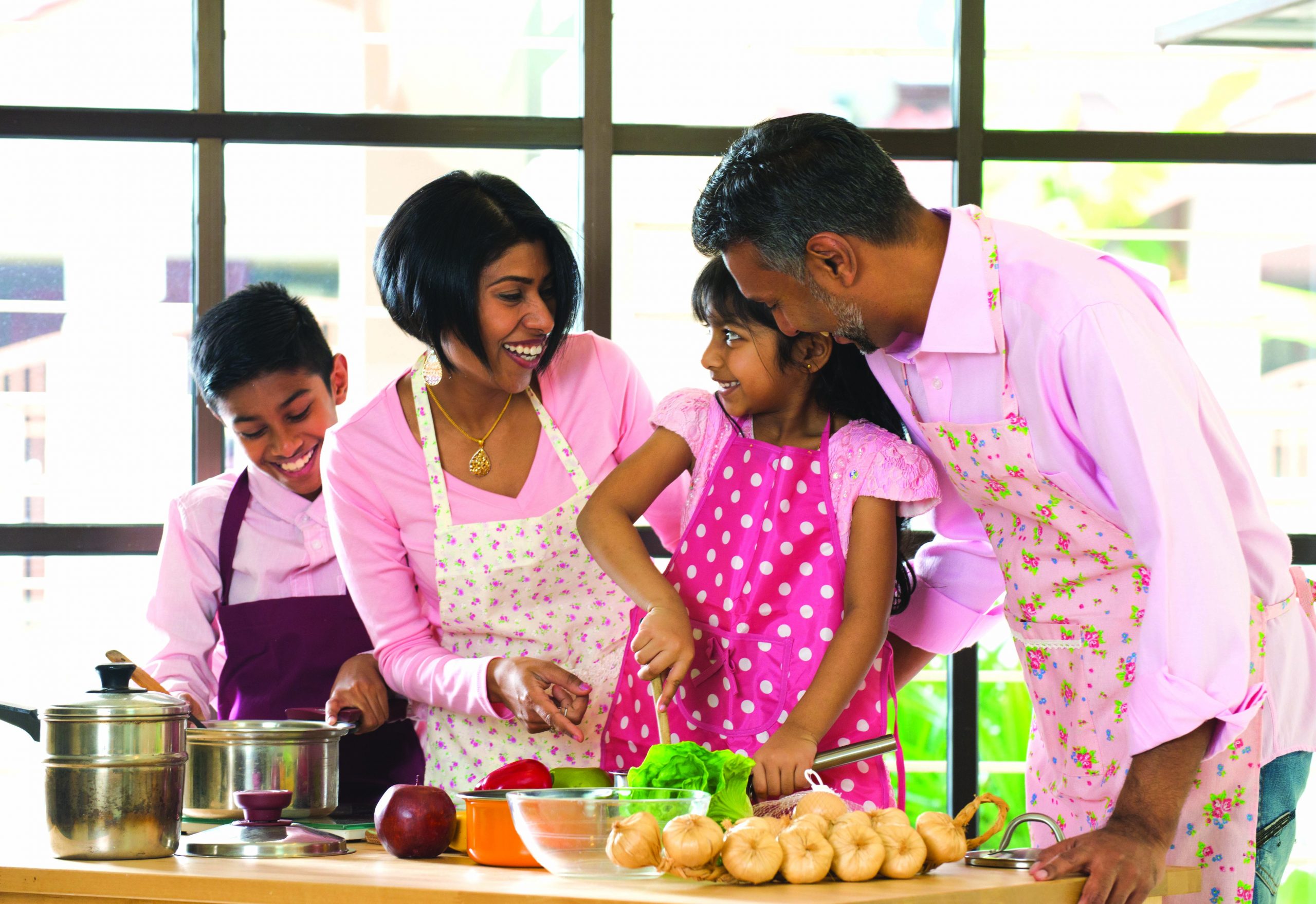 “The time children spend on digital devices has exceeded all expectation. This dependence has adversely impacted food habits resulting in binge eating and a junk food consumption epidemic. Making healthy meals at home is a good way to wean children away from digital gadgets. This group activity will teach them an important life skill as also to appreciate the importance of healthy, nutritious, home-made food,” says Ruchita Maheshwari, a Mumbai-based dietician and founder Healthy Mantra.
“The time children spend on digital devices has exceeded all expectation. This dependence has adversely impacted food habits resulting in binge eating and a junk food consumption epidemic. Making healthy meals at home is a good way to wean children away from digital gadgets. This group activity will teach them an important life skill as also to appreciate the importance of healthy, nutritious, home-made food,” says Ruchita Maheshwari, a Mumbai-based dietician and founder Healthy Mantra.
Maheshwari recommends three easy recipes for parents and children to get started:
Roti rolls. Knead wheat dough and make soft rotis. Stuff with vegetables (capsicum, carrots, etc), boiled beans or chicken. Add stir-fried onions with pepper. Roll the rotis to make quick and tasty mini meals.
Open dosas. Fry a large dosa, spreading the batter evenly. Next prepare toppings such as stir-fried mushrooms, grated cheese, stir-fried paneer, and boiled corn. Sprinkle the toppings generously on dosa. Use a pizza cutter to cut into four slices. Serve hot.
Grilled sandwiches. Spread butter on two slices of whole grain/wheat bread. Make a sandwich filling with slices of boiled egg, grated carrot, grated cucumber, chopped onions and tomatoes. Sprinkle with pepper. You could also use boiled beans, paneer, mushrooms and chicken as filling. Add some grated cheese and tomato sauce. Grill sandwiches and serve warm.
Gardening
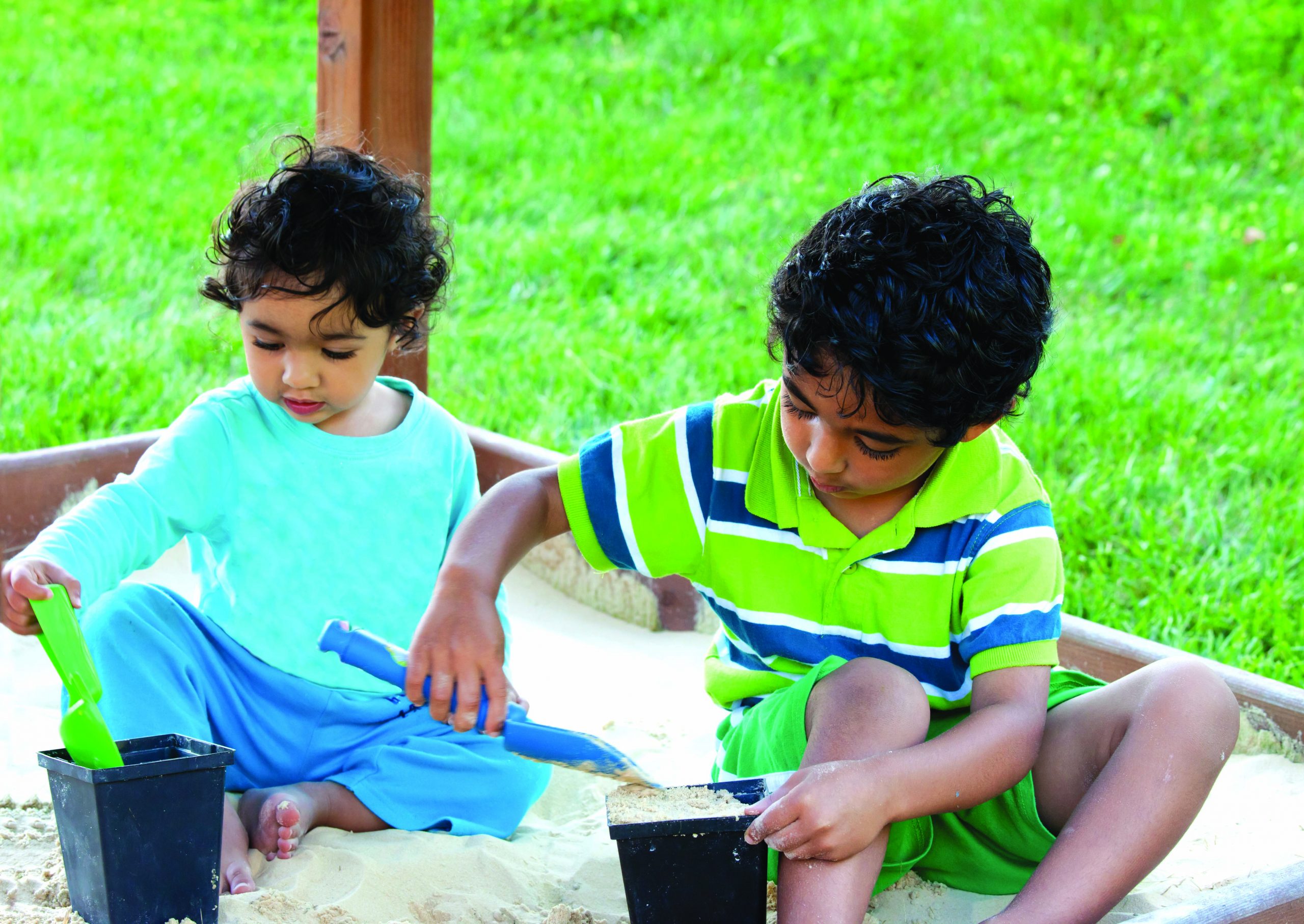 Establishing communication with Nature en famille bonds families and encourages children to experience the wonders of horticulture. It’s great to watch the wonder on young children’s faces as plants, flowers and vegetables rise out of the ground. Whether you live in an apartment, home with a small verandah or a large bungalow, families can have great fun greening indoor and outdoor spaces.
Establishing communication with Nature en famille bonds families and encourages children to experience the wonders of horticulture. It’s great to watch the wonder on young children’s faces as plants, flowers and vegetables rise out of the ground. Whether you live in an apartment, home with a small verandah or a large bungalow, families can have great fun greening indoor and outdoor spaces.
“During the pandemic, I managed to reduce my teenage girls’ digital screen time by involving them in gardening and caring for abandoned pet animals. We have a small balcony garden which my daughters tend. Moreover, we also feed stray dogs. These activities are therapeutic, connect children with nature and have sharply reduced their screen time,” says Annie James, a Bengaluru-based home maker and animal rights activist.
Getting started is easy, even if you are new to gardening. There are numerous plant nurseries where you can buy seeds and saplings.
Some guidelines to bear in mind:
- Use child-safe gardening tools. They shouldn’t be too sharp.
- Youngest children can begin with small tasks such as planting, watering, and weeding.
- Invest in a child-safe watering can and a garden rake as children enjoy clearing withered leaves and flowers.
- Get an attractive basket for children to store vegetables and flowers plucked from the garden.
- Take children on excursions to plant nurseries and involve them in the selection of seeds and saplings.
- Provide opportunities to interact with farmers and attend horticulture/gardening exhibitions.
- The Internet has a plethora of information on how to tend plants and flowers. Encourage children to research and apply their knowledge.
- Keep an emergency medical kit with band aid, lotions for allergy, insectbite, sunscreen, cotton swabs, dettol and wet wipes, handy.
Some suggestions for your home garden:
Carrots. This root vegetable makes a pretty house plant. Cut a large carrot about an inch from the tip. Remove leaves and plant it in soil with its crown sticking out. Soon, it will sprout leaves. Keep your plant in a spot that gets some sunlight.
Snake gourd, bitter gourd, ribbed gourd and ladies fingers. Seeds of these vegetable plants sprout quickly and grow fast. They’re easy to manage and children will love to eat what they grow! An easy way to get them to love fresh, healthy vegetables.
Aloe Vera. This is a plant with thick, hard leaves that’s hard to kill. The sap in the leaves soothes burns.
Money plant and other creepers. Creepers are plants that can’t stand by themselves. They lean on walls and climb around supports. The money plant is an interesting creeper that’s easy to grow. All you need is a stem cutting. Place it in some water or soil. It will grow quickly, but you will have to guide it by placing sticks or other support for it to climb.
Wean your child off digital devices
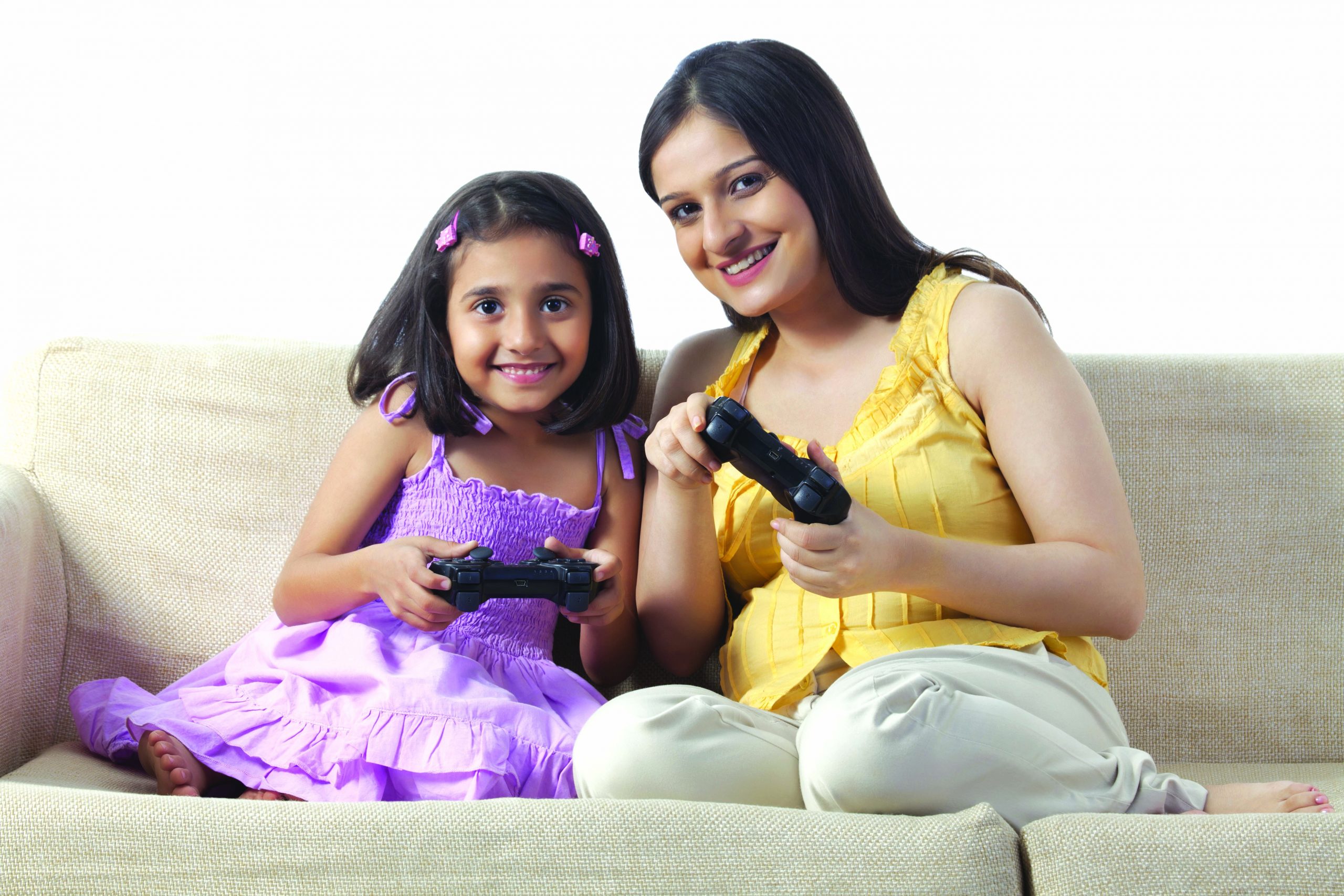 Now with children streaming back to school campuses and resuming in-class learning, Sheeba Vinay, the Hyderabad-based founder of WeTalk Mental Health and a member of the WICCI National Mental Health Council, recommends a programme to wean children away digital devices.
Now with children streaming back to school campuses and resuming in-class learning, Sheeba Vinay, the Hyderabad-based founder of WeTalk Mental Health and a member of the WICCI National Mental Health Council, recommends a programme to wean children away digital devices.
- Introduce children to new activities and hobbies by enroling them in a hobby/skill class.
- Draw up an everyday schedule jointly with children and agree to restrict non-educational digital screen watching to mutually agreed time slots.
- Don’t ban all screens viewing suddenly. Reduce digital screen hours gradually but enforce agreed timings strictly.
- Mandate ‘no-tech family times’ during which there’s a comprehensive ban on using tech devices.
- To prevent unlimited Internet browsing/gaming, move the computer/gaming console to the living room, or choose a console site which is easily visible.
- Encourage children to play field games, racquet sports or other physically testing activities which also release endorphins or ‘feel good’ hormones.























